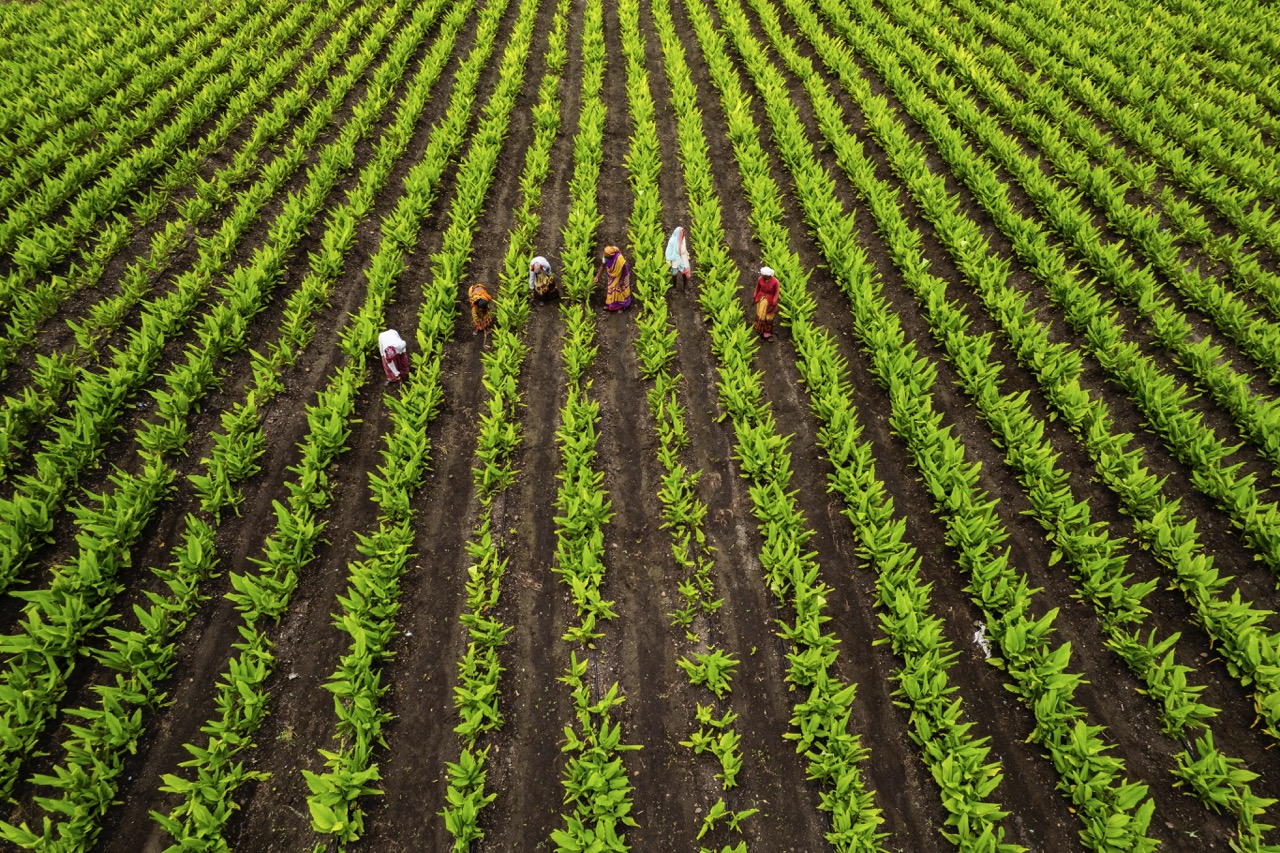In the fight against climate change, soil carbon sequestration has emerged as a critical strategy that not only mitigates greenhouse gas emissions but also enhances soil health and agricultural productivity. Regenerative practices, which focus on restoring and maintaining the vitality of soil ecosystems, play a vital role in this endeavor. Understanding how these practices contribute to carbon storage is essential for farmers, policymakers, and environmental advocates alike. This article delves into the significance of soil carbon sequestration, the scientific principles behind regenerative practices, key techniques for enhancing soil carbon storage, and the challenges and opportunities for their implementation.
Understanding Soil Carbon Sequestration and Its Importance
Soil carbon sequestration refers to the process through which carbon dioxide (CO2) from the atmosphere is captured and stored in the soil. This process is crucial because soil serves as one of the largest carbon reservoirs on the planet, holding more carbon than the atmosphere and terrestrial vegetation combined. By increasing the amount of organic carbon in the soil, we can significantly reduce atmospheric CO2 levels, thereby contributing to climate change mitigation. Moreover, healthy soils are fundamental for sustainable agricultural practices, water retention, and biodiversity, all of which are vital for resilient ecosystems.
The importance of soil carbon sequestration extends beyond environmental concerns; it also supports food security. As global populations rise and climate variability increases, the demand for resilient agricultural systems becomes paramount. Soils rich in organic carbon tend to have improved structure, higher nutrient availability, and better water retention capabilities. Consequently, farms that utilize regenerative practices not only contribute to climate goals but also produce healthier crops and increase their yield potential, creating a win-win scenario for both the environment and the economy.
Furthermore, soil carbon sequestration plays a role in enhancing ecosystem services, such as flood mitigation and water filtration. Healthy soils help regulate the water cycle, reduce runoff, and filter pollutants, thus improving water quality in nearby aquatic systems. By recognizing the multifaceted benefits of soil carbon storage, stakeholders can better advocate for regenerative practices that bolster both soil health and climate resilience.
The Science Behind Regenerative Practices and Soil Health
Regenerative agricultural practices are grounded in ecological principles that aim to restore soil health and improve its capacity for carbon storage. At the core of these practices is the understanding that healthy soil is alive, teeming with microorganisms, fungi, and other biodiversity that contribute to nutrient cycling and organic matter decomposition. A vibrant soil ecosystem can enhance carbon sequestration by converting atmospheric CO2 into stable organic matter, which can remain in the soil for decades or even centuries.
One significant aspect of regenerative practices is the promotion of soil organic matter through diverse cropping systems, cover cropping, and reduced tillage. These techniques encourage the growth of microbial communities that play a pivotal role in carbon stabilization. For instance, cover crops not only protect the soil from erosion but also contribute organic biomass when they decompose, further enriching the soil’s carbon content. The reduced disturbance associated with no-till farming minimizes the release of previously stored carbon, enhancing the soil’s overall resilience.
Moreover, regenerative practices emphasize the importance of biodiversity, which can lead to increased soil carbon storage. Diverse plant species have varied root structures and exudates that feed different soil microorganisms, creating a more resilient ecosystem capable of capturing and storing more carbon. This interconnectedness between plant and microbial life underscores the necessity of holistic approaches in agriculture that prioritize the health of the entire soil ecosystem.
Key Techniques for Enhancing Soil Carbon Storage
There are several key techniques within regenerative agriculture that have been shown to enhance soil carbon storage effectively. One prominent method is agroforestry, which integrates trees and shrubs into agricultural landscapes. This practice not only increases the carbon content of the soil through root biomass and leaf litter but also enhances biodiversity and provides additional sources of income for farmers through fruit, nuts, or timber. The canopy created by trees can also reduce soil erosion and enhance water retention, further promoting a healthy soil ecosystem.
Another essential technique is the use of cover crops, which are planted during off-seasons to protect and enrich the soil. These crops help prevent erosion, suppress weeds, and enhance soil structure. When cover crops decompose, they add significant organic matter to the soil, increasing its carbon content. Additionally, deep-rooted cover crops can improve soil aeration and water infiltration, which are crucial for maintaining soil health and promoting carbon sequestration.
Lastly, holistic grazing management presents a compelling method for enhancing soil carbon storage in pasturelands. By carefully controlling livestock grazing patterns, farmers can mimic natural herd movements, allowing pasture plants to recover and thrive. This practice not only stimulates root growth and increases organic matter but also promotes the formation of soil aggregates that stabilize carbon. By leveraging the natural behaviors of livestock, regenerative grazing can lead to healthier soils and increased carbon sequestration.
Challenges and Opportunities in Implementing Regenerative Methods
While the potential of regenerative practices to enhance soil carbon sequestration is promising, several challenges hinder their widespread adoption. One of the most significant barriers is the existing agricultural paradigm that prioritizes short-term profits over long-term sustainability. Many farmers are hesitant to shift from conventional practices due to concerns about initial costs, the learning curve associated with new techniques, or uncertainty about yield outcomes. Without adequate financial incentives or support systems, many producers may remain reluctant to adopt regenerative practices.
Additionally, the need for education and training cannot be overstated. Many agricultural professionals and farmers lack access to information about the benefits and methodologies of regenerative practices. This gap in knowledge can lead to skepticism or misinformation about the viability and effectiveness of these methods. To facilitate a shift toward regenerative agriculture, it is essential to develop educational programs, workshops, and platforms that disseminate successful case studies and best practices.
Despite these challenges, there are also significant opportunities for advancing regenerative practices in agriculture. Growing awareness of climate change and its impacts has spurred interest in sustainable farming practices among consumers and policymakers alike. Increasingly, organizations and government initiatives are offering grants, subsidies, and technical assistance to farmers willing to transition to regenerative systems. Furthermore, the potential for carbon credits and other market-based solutions provides a financial incentive for carbon sequestration efforts, encouraging more farmers to invest in practices that regenerate soil health while contributing to climate goals.
In conclusion, regenerative practices play a pivotal role in enhancing soil carbon sequestration, offering numerous benefits for climate mitigation, soil health, and agricultural sustainability. By understanding the science behind these practices and implementing key techniques, farmers can contribute to a more resilient agricultural system. While challenges persist in the transition from conventional to regenerative methods, opportunities abound for innovation, education, and financial support. As the urgency of climate change continues to escalate, embracing regenerative practices is not just a choice for farmers but a necessity for a sustainable future.










